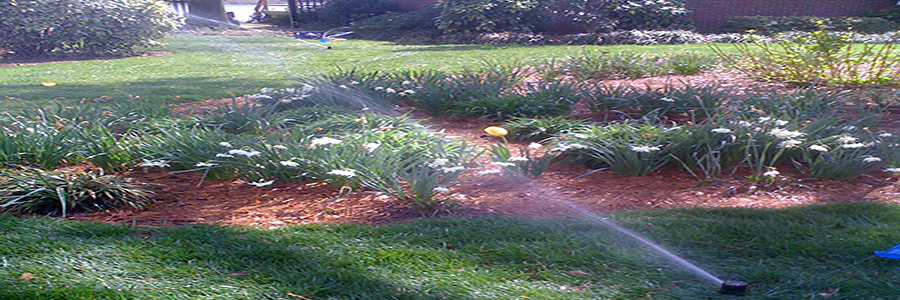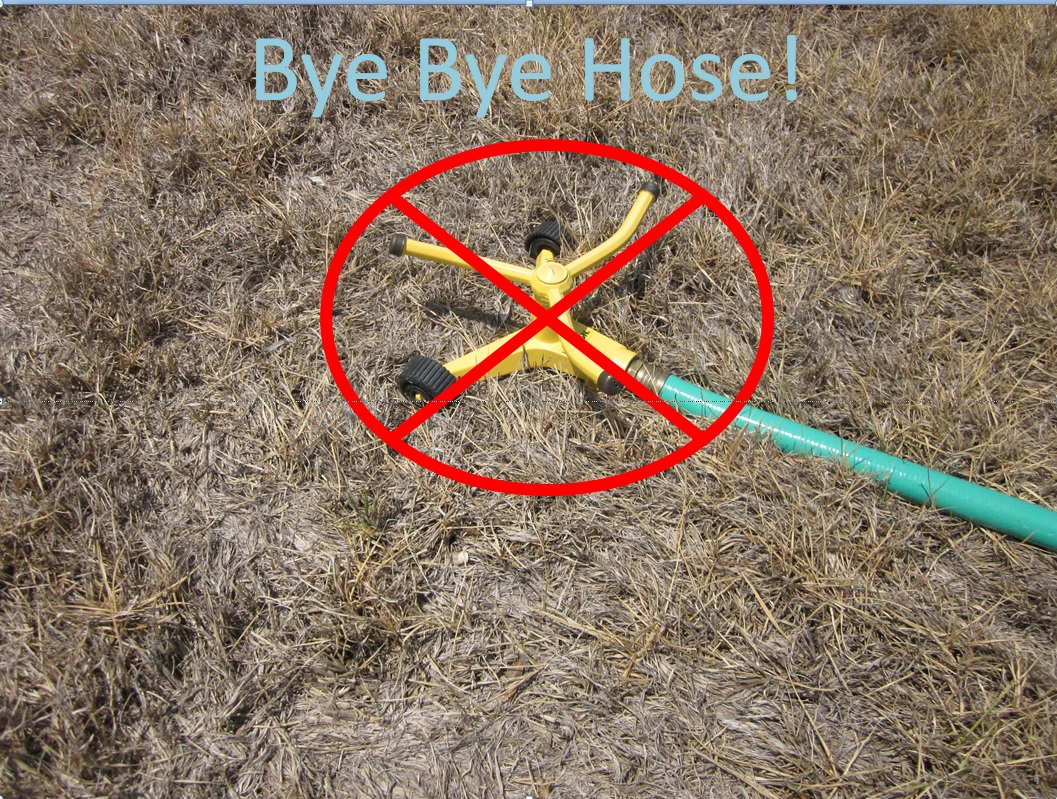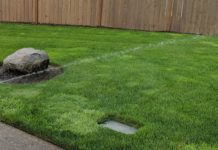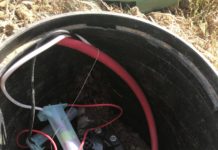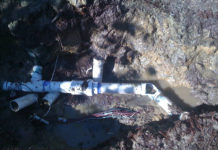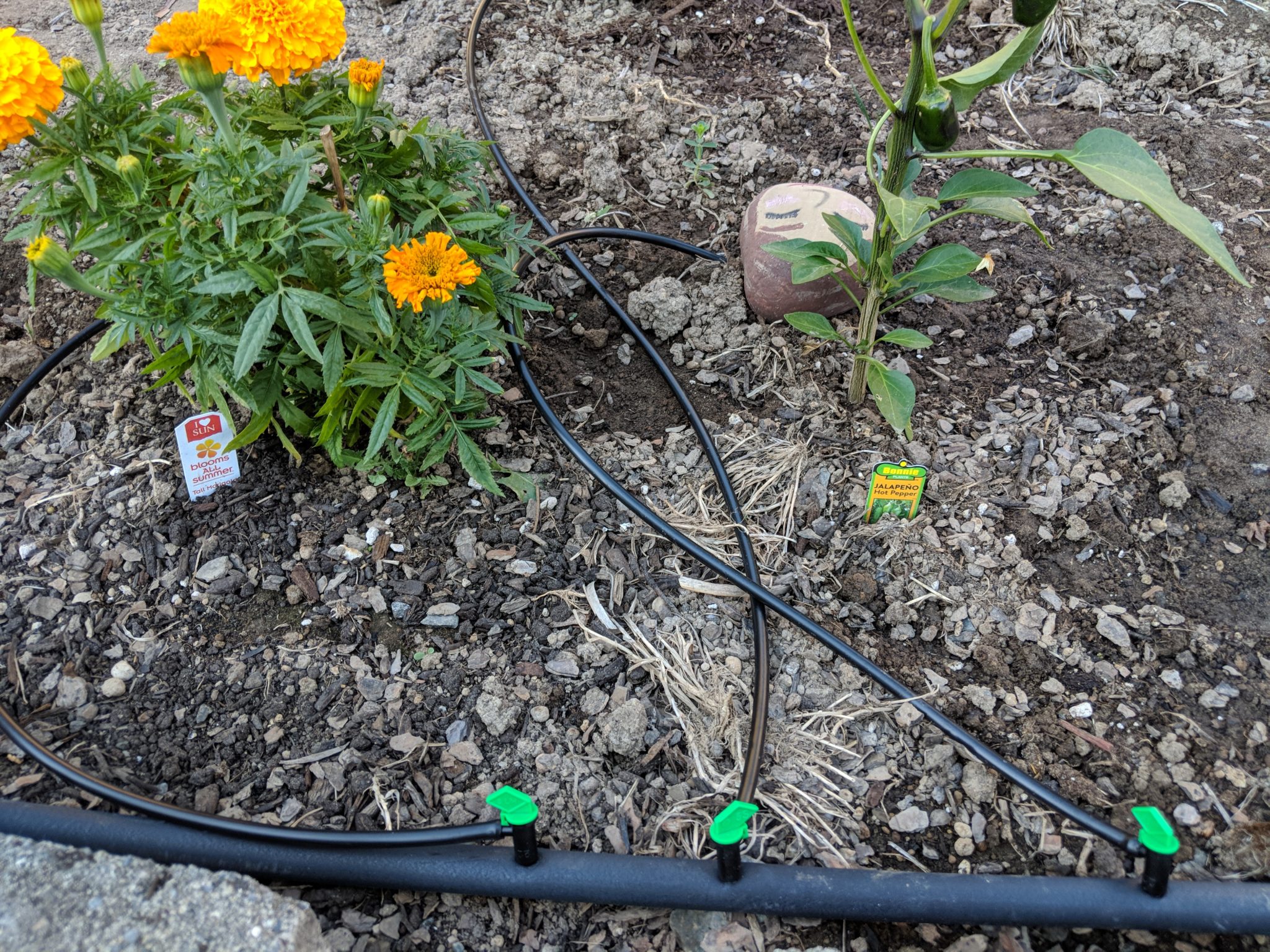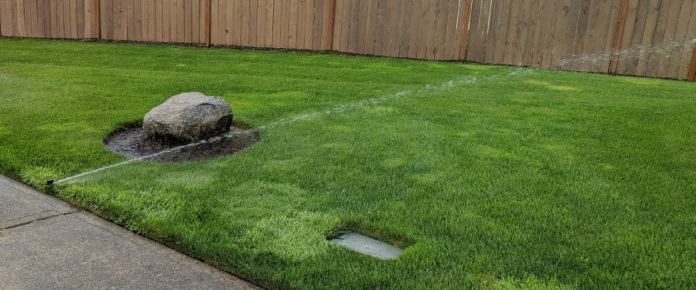If you are thinking about designing your own system, upgrading, or perhaps getting an irrigation quote from a professional you should at least have a grasp of sprinkler head layout and design. I will show you the basics of how a system is laid out and why so you can apply this knowledge as you see fit.
Head Spacing
The first consideration is how far apart to place your sprinkler heads. As a rule of thumb, you want to maintain head to head coverage.
What this means is that ideally, each sprinkler head will spray onto the next adjacent sprinkler head. By allowing each sprinkler head to overlap with one another you create a consistent layer of watering. Meaning each area of your yard will have nearly the same amount of water applied.
On average rotor heads general spray 30 feet, therefore they should be placed 30 feet apart from one another. This will allow the first head to spray on top of the second and the second back onto the first.
Your heads can only be spaced as far as they will be adjusted to spray. This means that if your heads can throw the water 30 feet out, but your yard is only 25 feet wide, then you will need to space them 25 feet apart.
Head Type
There is two main type of commercial pop up sprinkler heads, these are rotor heads and spray heads. Rotor heads, like the name, implies rotate back and forth, they also spray up to about 30 feet.
They can be adjusted to rotate from about 20 degrees all the way to 360 degrees. Their spray patterns can also be limited to about 15 feet any shorter than that their spray patterns become inconsistent.
Spray heads are designed to pop up out of the ground and spray a specific pattern, most cases no longer than 18 feet. These can be set to a wide range of spray patterns from half circles to full circles. Also in some cases spray 4 feet in front of the heads and 15 feet to either side of them.
This is especially useful in most neighborhoods between the sidewalks and curbs.
Special Note About Head Types:
Do not mix head types on sprinkler zones! The rotor heads and the spray heads put out about the same amount of water this is measured in Gallons Per Minute or GPM depending on the nozzle size.
Which means that a rotor head will spread its 2 GPM over a 30-foot radius while they spray head will spread its 2 GPM over a 15-foot radius. Meaning the area covered by the spray head will be receiving twice as much water as they are that is being covered by the rotor head.
I have seen many systems that have cut corners on head layout and substitute spray heads for rotors on the same zone. As a result, this causes massive headaches and is often costly to repair.
So that’s it
Sprinkler head layout and design are not flashy or complicated, just try to make sure that each head sprays one another and you will have success. Head to head coverage is the foundation for all sprinkler systems.
Check out the next article in the design and layout series here. Where I teach you what an irrigation or sprinkler zone is, and how to design one.
Also, or more information on how to apply this knowledge in designing your own budget-friendly system check out these articles, Low-Cost Drip, and Budget Sprinkler System.
As always if you liked this article please share it and comment below or if you would like more information please fill out the contact form and send me an email. I would love to hear your thoughts and feedback.
Thank you!
